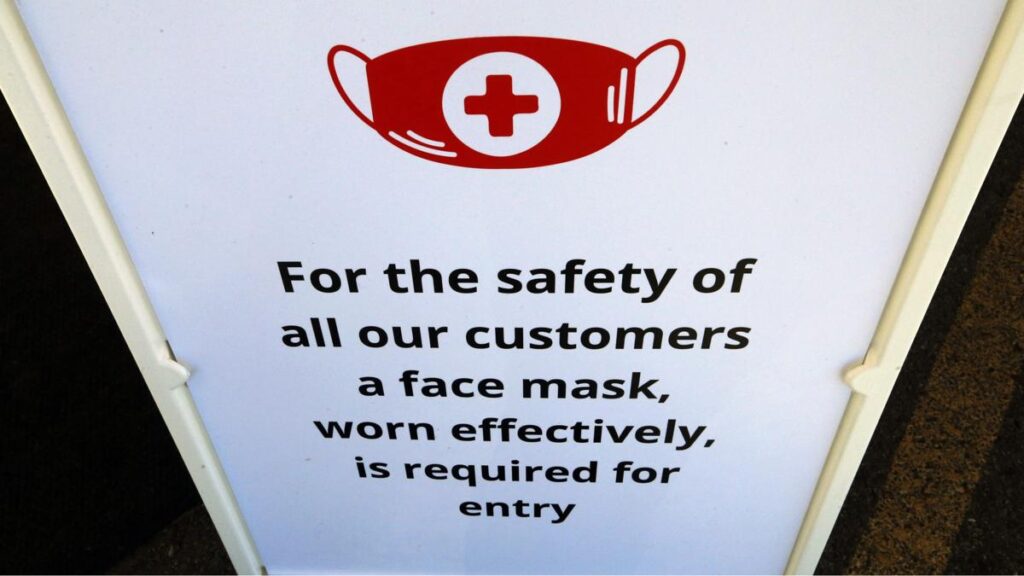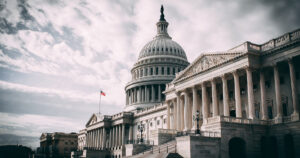The coronavirus crisis deepened in Arizona on Thursday, and the governor of Texas began to backtrack after making one of the most aggressive pushes in the nation to reopen, as the daily number of confirmed cases across the U.S. closed in on the peak reached during the dark days of late April.
While greatly expanded testing probably accounts for some of the increase, experts say other measures indicate the virus is making a comeback. Daily deaths, hospitalizations and the percentage of tests that are coming back positive have also have been rising over the past few weeks in parts of the country, mostly in the South and West.
In Arizona, 23 percent of coronavirus tests conducted over the past seven days have been positive, nearly triple the national average, and a record 415 patients were on ventilators. Mississippi saw its daily count of new cases reach new highs twice this week.
“It’s not a joke. Really bad things are going to happen,” Mississippi state Health Officer Dr. Thomas Dobbs said.
Republican Gov Greg Abbott of Texas, whose state was among the first to reopen, paused any further steps and reimposed a ban on elective surgeries in some places to preserve hospital space after the number of patients statewide more than doubled in two weeks. Nevada’s governor ordered the wearing of face masks in public, Las Vegas casinos included.
“The last thing we want to do as a state is go backwards and close down businesses,” Abbott said.
The U.S. recorded 34,500 COVID-19 cases Wednesday, slightly fewer than the day before but still near the high of 36,400 reached on April 24, according to a count kept by Johns Hopkins University. The daily average has climbed by more than 50% over the past two weeks, an Associated Press analysis found.
Whether the rise in cases translates into an equally dire surge in deaths across the U.S. overall will depend on a number of factors, experts said, most crucially whether government officials make the right decisions. Deaths per day in the U.S. number around 600 after peaking at about 2,200 in mid-April.
“It is possible, if we play our cards badly and make a lot of mistakes, to get back to that level. But if we are smart, there’s no reason to get to 2,200 deaths a day,” said Dr Ashish Jha, director of Harvard’s Global Health Institute.
The nation’s daily death toll has actually dropped markedly over the past few weeks even as cases climbed, a phenomenon that experts said may reflect the advent of treatments, better efforts to prevent infections at nursing homes, and a rising proportion of cases among younger people, who are more likely than their elders to survive a bout with COVID-19.
“This is still serious,” said Dr Robert Redfield, director of the Centers for Disease Control and Prevention. “But I’m asking people to recognize that we’re in a different situation today than we were in March or April.”
Several states set single-day case records this week, including Arizona, California, Nevada, Texas and Oklahoma.
Misssissippi’s Dobbs blamed a failure to wear masks and observe other social-distancing practices, and said many cases involved younger people spreading the virus to older relatives.
“I’m afraid it’s going to take some kind of catastrophe for people to pay attention,” he said. “We are giving away those hard-fought gains for silly stuff.”
The U.S. has greatly ramped up testing in the past few months, and it is now presumably finding many less-serious cases that would have gone undetected earlier in the outbreak, when the availability of testing was limited and sicker people were often given priority.
But there are other more clear-cut warning signs, including a rising number of deaths per day in states such as Arizona and Alabama.
The number of confirmed infections, in any case, is a poor measure of the outbreak. CDC officials, relying on blood tests, estimated Thursday that 20 million Americans have been infected with the coronavirus since it arrived in the U.S. That is about 6% percent of the population and roughly 10 times as many infections as the 2.3 million that have been confirmed.
Officials have long known that many people were infected without knowing it and that many cases are being missed because of gaps in testing.
Worldwide, over 9.4 million people have been confirmed infected, and nearly a half-million have died, including over 122,000 in the U.S., the world’s highest toll, by Johns Hopkins’ count.
“Globally, it’s still getting worse,” World Health Organization chief Tedros Adhanom Ghebreyesus said.
As cases grow, some states are imposing new restrictions only weeks after lifting shutdowns.
“For Nevada to stay safe and stay open, we must make face coverings a routine part of our daily life,” Nevada Gov. Steve Sisolak said.
Some businesses are also backing off reopening. Disney delayed its mid-July reopening of Disneyland until California gives further guidance.
As politicians try to strike a balance between public health and the economy, the government reported that the number of Americans applying for unemployment benefits last week declined slightly to 1.48 million, indicating layoffs are slowing but are still painfully high.













